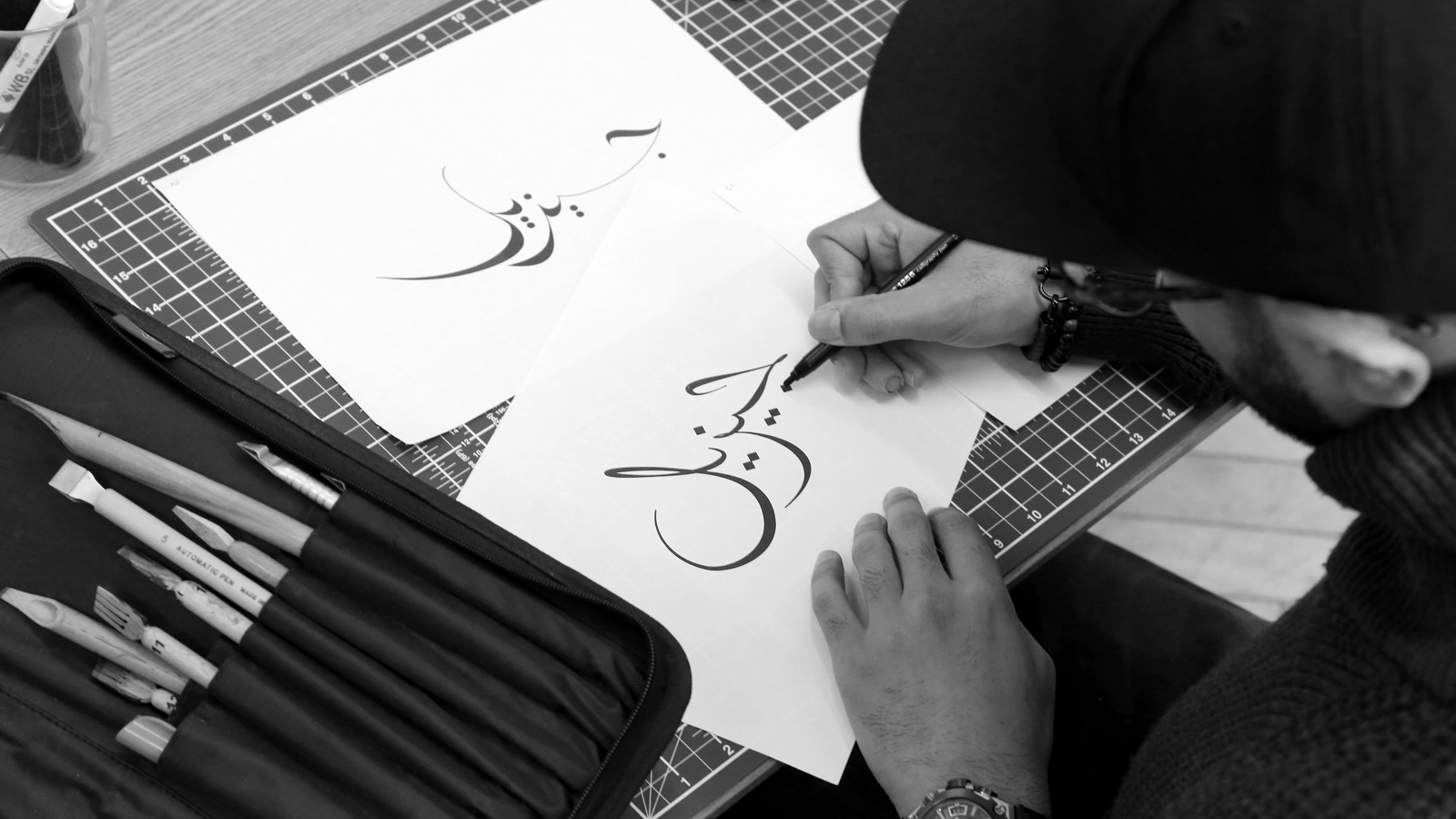AN ESSENTIAL QUICK-FIRE GUIDE
The Arab world is a living symphony of diverse lifestyles, cultures, foods, dress and societies.
Far from being monolithic in nature, the dynamic and unique feel of each and every Arab society renders them a constant and welcome challenge for creative agencies all over the globe. Whether it is linguistic, social, cultural, or economic, our team at Archetype® has spent years understanding local sensibilities in order to ensure we deliver products that resonate deeply with each audience.
Arabic variations
Arabic is a unifying language spoken by over 300 million people, and spans over 25 countries from Mauritania to Bahrain, Somalia to Lebanon. While this universal language crosses oceans and continents, it takes on a unique life of its own in every locality: Arabic blended with cultural dialects to craft local expressions of this mother tongue. This can be seen with the Egyptian dialect for example, which is popular due to its use in the music and film industry.

Communication isn’t just about reaching audiences, it’s about connecting with them. The best way to resonate with people is to do so in local nuances that speak directly to their hearts in a language they truly understand.
Quick facts:
- The Arabic alphabet has 28 letters, but not for the ‘p’ and ‘v’ sounds (although alternatives do exist but can vary between regions)
- Words such as coffee, magazine, cotton, alcohol and algebra originate from Arabic
- Arabic is one of the UN’s six official languages
- Some Arab countries like Morocco, Tunisia, Lebanon and Algeria have French as a secondary language
On the pulse of social media
As a branding company that prides itself on meticulous and cutting edge output, Archetype® keeps a close eye on socio-cultural and linguistic changes. Today’s social media platforms are in constant flux due to ever-evolving trends, since they favour colloquial Arabic over Modern Standard Arabic (Fus’ha) and this in turn reflects nuanced expressions and dynamic lifestyles. ‘Franco-Arab’, for instance, is a uniquely online phenomenon employed by younger users, which sees Arabic written in the latin alphabet, mixed with numbers that denote specific Arabic sounds, for example, ‘apple’ or تفاح would be written as ‘tufa7’.
Brands should seek to understand such subtle changes in communication within these forums and endeavour to deliver smart media every step of the way.
Quick facts:
- Only 40.2% of the Middle East has access to the internet
- 88% of the online population uses social networking sites daily
- There are 74 million Facebook users in the Middle East
- 89% of Facebook users in the Arab world access it daily
- Instagram is the leading generator of social networking traffic across the Middle East
Diversity in faith
While Islam is the dominant religion in most Arab countries, it is vital to understand that not all Arabs are Muslim. There are large minorities of Arab Christians, Arab Jews, and other faith groups, all with their own diverse cultural varieties. Further, not every country practises the same denomination or sect of Islam; most are Sunni, but large groups of Shia Muslims exist in Lebanon, Iraq, Yemen and Bahrain.
Quick facts:
- There are over 15 million Arabic-speaking Christians in the Middle East
- Alongside the majority Abrahamic faiths, minority religions include Bahá’í, Druze, Yazidi, Mandaeism, and Zoroastrianism
- In Lebanon, the President is always Maronite Christian, and the Prime Minister a Sunni Muslim
- Hindu temples have been built in Bahrain, UAE, Kuwait, Yemen and Oman
Cultural complexities
Arab societies are just as complex as any other. They have been shaped by centuries of ancient and golden civilisations, including the great Islamic empires that impacted western civilisation through the Renaissance.
Within every human society there is vast diversity, and this is no less true for the Arab worlds. Whether in variation of dress, business customs, politics, shopping habits or national cuisine, each country has its own distinctly unique lifestyle. Some Arabs are more conservative, others more liberal; some suffer from extremes of poverty and illiteracy, while others are wealthy and produce high achievement in everything from architecture to aeronautics. Even the use of calendars and numerals can differ from one Arab country to another, for example some use the Islamic lunar calendar, others the Gregorian, or both; some use the Hindi numerical system, while others use Arabic numerals which are used in Latin languages.

Technological engagement is widely varied across Arab societies, which is especially notable through the high use of mobile phones in some areas. Saudi Arabians, for example, despite having a conservative reputation, are among the world’s highest Twitter users, with three times more Twitter activity per month than US tweeters.
Quick facts:
- The headdress (which has various names) for men and women varies in colour and style to indicate region, heritage and performance of Hajj
- The Arab world has 72% of its territory in Africa and 28% in Asia, making it one of the world’s most strategic regions
- Often conflated with the Arab world, Iran and Turkey are not Arab countries
- 48% of Arab countries use English and 45% use Arabic online
Every brand seeking to target Arab audiences should strive to be aware of the nuances and evolving nature of Arab societies. This insight ultimately leads to better and more effective communication. Whether it’s branding, retail or web development, at Archetype® we understand that knowing your market more intimately leads to real brand buy-in and loyalty.



